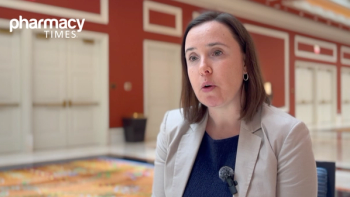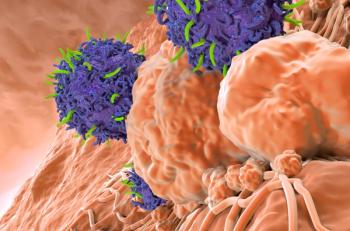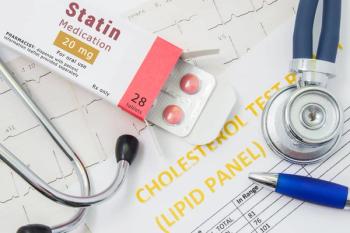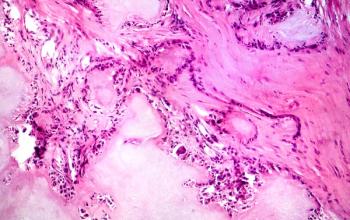
Alongside regular monitoring and pharmacotherapy, key lifestyle changes can help manage and prevent high blood pressure.

Alongside regular monitoring and pharmacotherapy, key lifestyle changes can help manage and prevent high blood pressure.

Study shows a significant decline in breast cancer mortality across multiple subtypes.

Experts at Asembia’s AXS25 Summit discussed the economics of specialty pharmacy for rare diseases, addressing high treatment costs and strategies for balancing innovation.

Integrating community pharmacists into specialty pharmacy care can enhance patient access, address physician shortages, and expand pharmacists' roles in delivering high-quality clinical services, according to experts at Asembia’s AXS25 Summit.



Acneiform rash is a common adverse effect of EGFR-targeting therapies.

No matter what role you are in as a pharmacist, no matter where you work or how long you have been practicing, understand that making a difference in the life of a patient matters.

Dostarlimab in the neoadjuvant setting yielded a 100% clinical complete response in patients with rectal cancer.

A phase 2 trial showed that using ctDNA to guide adjuvant pembrolizumab therapy after surgery effectively cleared minimal residual disease and reduced recurrence in patients with resected mismatch repair-deficient (dMMR) solid tumors.

The study found that 4 weeks was the ideal time point to test for cTDNA.

Ochsner Children’s Hospital, in partnership with ISMP, has launched a fellowship to advance pediatric medication safety through hands-on training in key competencies, national safety strategies, interdisciplinary collaboration, and innovative tools such as AI and data dashboards.

Patients Should Also Have a Diet Rich in Fruits, Oily Fish, and Cereals

Certain antibiotics may have a more significant impact on CAR T-cell efficacy and toxicity.

AI may help to accurately classify pediatric sarcoma subtypes using digitized pathology images, potentially improving diagnosis and treatment accessibility across diverse health care settings.

Pharmacists play a crucial role in advancing biosimilar adoption through targeted education and by addressing misconceptions about safety and efficacy.

Interim results from the phase 1 SENTI-202-101 trial show that SENTI-202, a logic-gated, off-the-shelf chimeric antigen receptor natural killer (CAR NK) cell therapy, achieved complete remission in 4 patients with relapsed or refractory (R/R) acute myeloid leukemia (AML).

Pretrained foundation machine learning models significantly improved the accuracy of diagnosing non-melanoma skin cancer from digital pathology images and may offer a practical, resource-efficient solution for cancer diagnosis in underserved settings.

Zoldonrasib, a novel oral KRAS G12D-selective inhibitor, demonstrated promising safety and early antitumor activity in patients with previously treated non–small cell lung cancer (NSCLC), offering a potential new targeted therapy for this underserved population.

New research confirms hydroxyurea's long-term effectiveness in reducing hospital visits for children with sickle cell anemia, supporting its use as standard treatment.

NCCN updates colon cancer guidelines, emphasizing testing for DPYD gene variants before initiating fluoropyrimidine-based chemotherapy.


Logan Schneider, MD, explains the latest findings on narcolepsy and idiopathic hypersomnia treatments, highlighting patient experiences and sleep architecture improvements.

The Asembia AXS25 Summit will include the latest news and expert insights in the specialty pharmacy field.

New research reveals how high blood sugar from type 2 diabetes alters brain function, mimicking early Alzheimer symptoms and impacting memory.

Explore the intriguing connections between bulldogs and human medical conditions, revealing insights into congenital disorders and their treatments.

This alternative to IV infusion reduces patient treatment times and eases providers’ operational burdens.

Although participants noted symptom relief, there was not a dietary modification uniquely perceived as beneficial.

A significant number of patients with high low-density lipoprotein (LDL) cholesterol lack prescribed lipid-lowering medications, highlighting gaps in treatment and care practices.

NS-229 is a Janus kinase 1 (JAK1) inhibitor being investigated in eosinophilic granulomatosis with polyangiitis, a rare autoimmune condition that can cause severe allergic and asthmatic symptoms through inflammation of nerve cells.